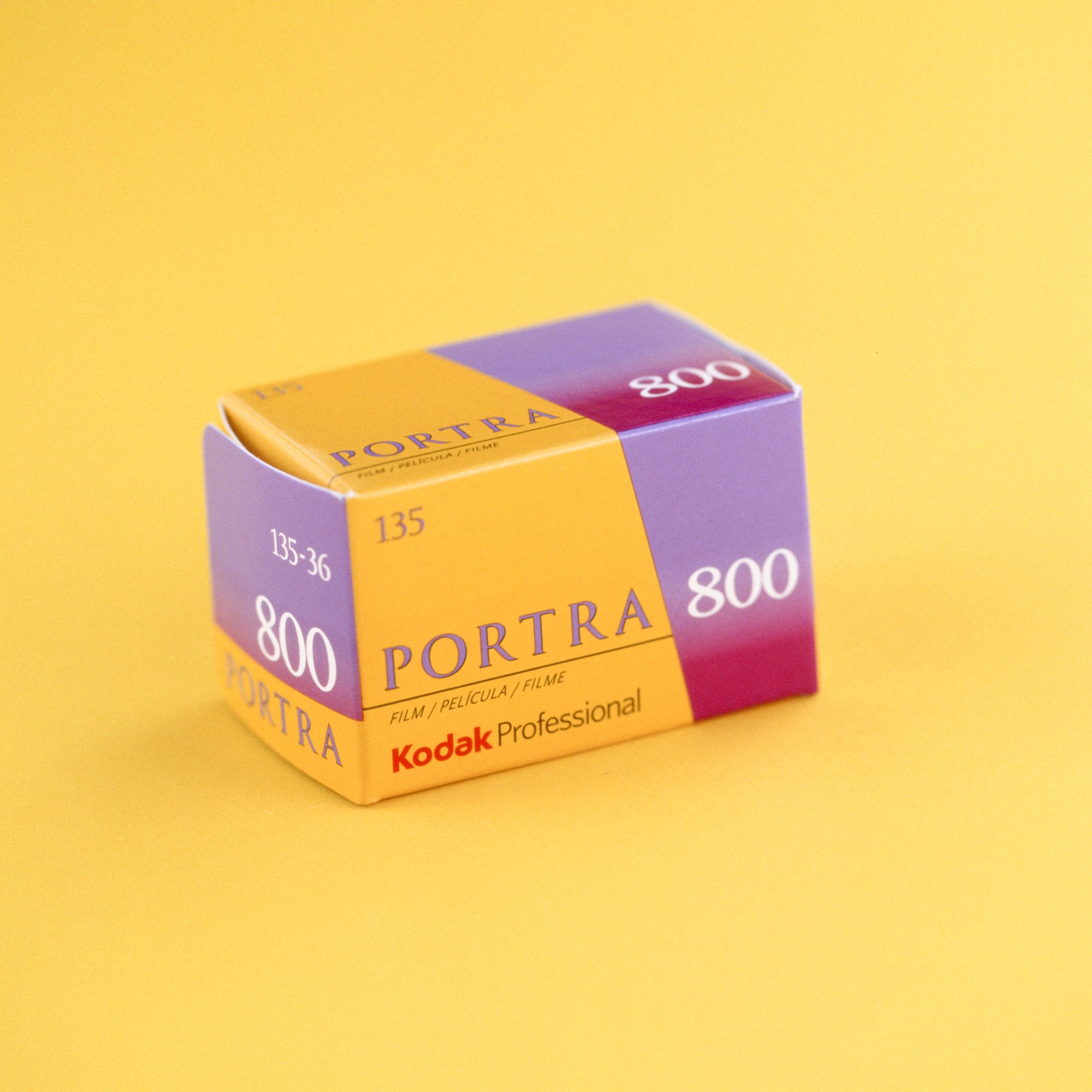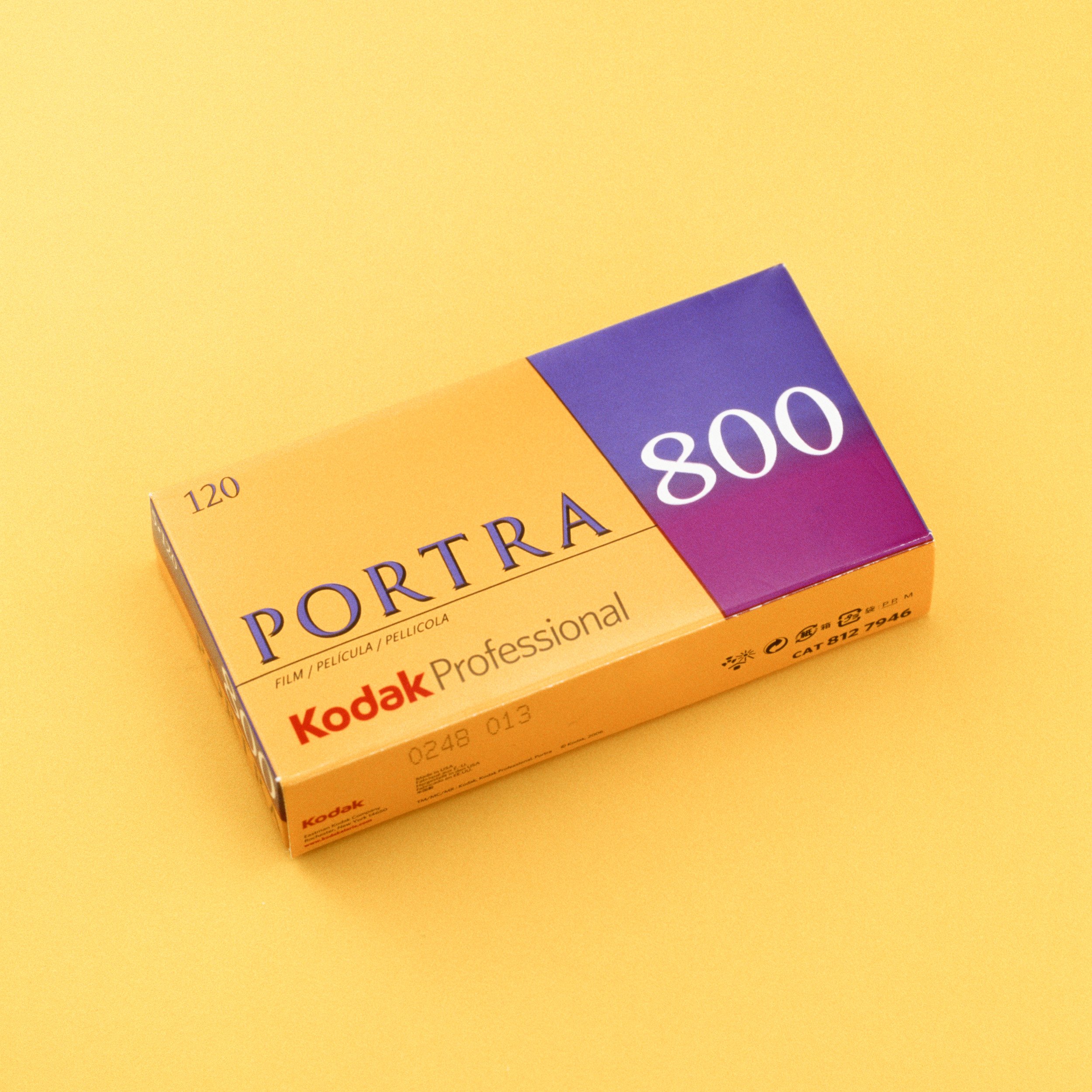Shooting Kodak Portra 800
The Portra Family
Kodak’s Portra film line has been around for just over 20 years at this point, and although there have been some changes along the way (in particular the replacement of VC and NC), Portra 800 has remained largely unchanged since its release.
Chances are that if you’ve shot Portra before you’ve either tried either 160 or 400. Grain is fine, skin tones are great, they both push well and they are, by all accounts, excellent modern films that can handle most of the lighting conditions you’ll run into.
So why would you shoot Portra 800?
Despite Portra 800 being the oldest emulsion of the bunch, it really is quite underrated in a lot of respects. You may just need to use it in a different way than you'd expect.
Kodak Portra 800 - ISO 200 - Mamiya 6 + 50 f/4 - Frontier
Kodak Portra 800 - ISO 200 - Mamiya 6 + 50 f/4 - Frontier
Light and Over Exposure
As a rule of thumb, colour-negative film is quite resilient to over exposure. How resilient depends on the film you're using. If you over expose Kodak Ektar by more than two stops for instance, you may start to see some colour-shifts. If you over expose Fujifilm Pro 400H by as much as 5 stops you'll likely still get a beautiful photograph.
Portra 400 handles a stop or two over without much issue. Anything further than this and you may start to have some trouble with skin tones going a bit yellow. It also handles a stop of under exposure quite well too, which makes it an incredibly versatile film for most uses.
When we shoot Portra 160, we generally try and shoot it at 100-160. It seems a little more sensitive to under and over exposure than Portra 400 but the skin tones are spot on when you nail the exposure.
Portra 800 is different to the rest of the Portra family in that it just sucks up light and loves over exposure. At box speed, it does its job but in our opinion it doesn't truly shine until you start giving it more light.
Kodak Portra 800 - ISO 200 - Mamiya 6 + 50 f/4 - Frontier
With Portra 800, we rate our camera to ISO 100 or 200 (effectively giving the film between 2-3 stops of over exposure) and develop as normal.
If you're struggling for light, it will do the job at 800, but in most respects Portra 400 will do it much better, especially pushed to 800.
With 2+ stops of over exposure, grain is fine, saturation is nice and punchy, and best of all, those great skin tones remain in tact.
Kodak Portra 800 - ISO 200 - Pentax 67 + 105 f/2.4 - Noritsu
Kodak Portra 800 - ISO 200 - Pentax 67 + 105 f/2.4 - Noritsu
To Push or Not to Push
We're planning a more in-depth article on pushing and pulling, but for the purposes of this article we thought we'd just touch on it in relation to Portra 800.
When we say we're "rating" our film at 100, 200 or 400 ISO what we mean is we're telling our camera that the film inside is "slower" than it really is. When we do this, what we're effectively doing is allowing more light onto the film than its sensitivity rating requires.
The final photograph doesn't become brighter or blown out because of the nature of colour-negative film and its dynamic range. By allowing more light than the film "needs", you're really just adding more information onto the negative.
There is no pushing or pulling involved as these are "chemical" processes (either increasing the time the film is in the developer or decreasing it)
All we are doing here is giving the film more light and developing the film as normal.
Kodak Portra 800 - ISO 200 - Mamiya 6 + 75 f/3.5 - Frontier
Kodak Portra 800 - ISO 200 - Mamiya 6 + 75 f/3.5 - Frontier
The Best 200 Speed Film Ever Made
This is slightly tongue in cheek, but you won't know until you give it a shot. If you're looking for tight grain, great skin tones but still want to retain some Ektar-ish saturation and contrast, Portra 800 is definitely worth your consideration.
All of the shots contained within this article were shot at 200 ISO, developed in Kodak chemistry and scanned on either our Fuji Frontier or Noritsu HS-1800.
Kodak Portra 800 - ISO 200 - Mamiya 6 + 50 f/4 - Frontier
Kodak Portra 800 - ISO 200 - Mamiya 6 + 75 f/3.5 - Frontier
Have a question? Let us know! We're always happy to help you get the best out of your film.


